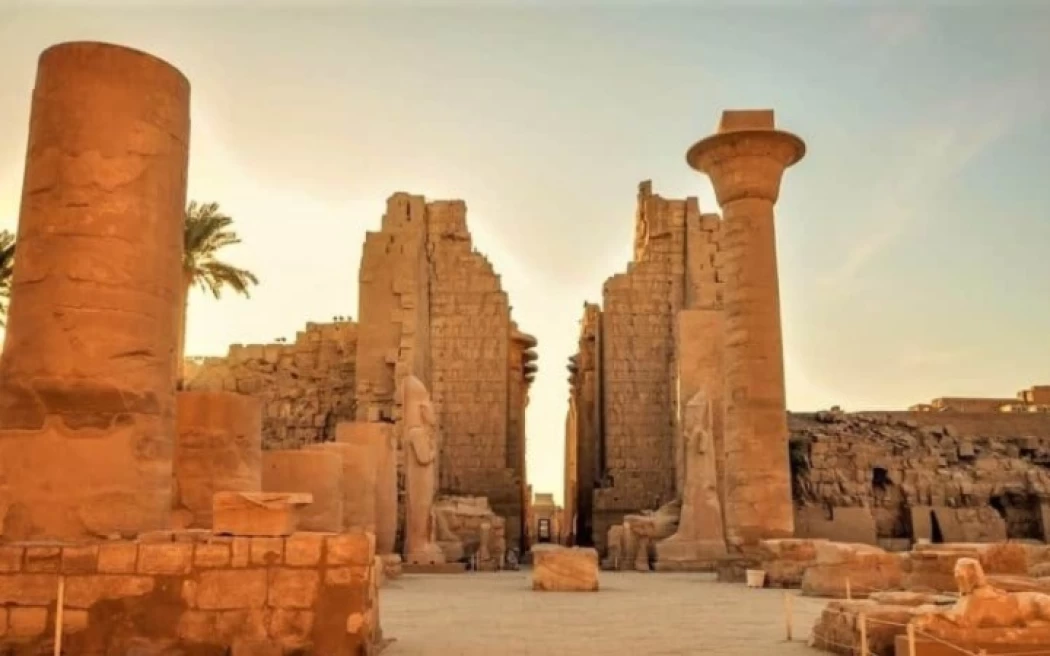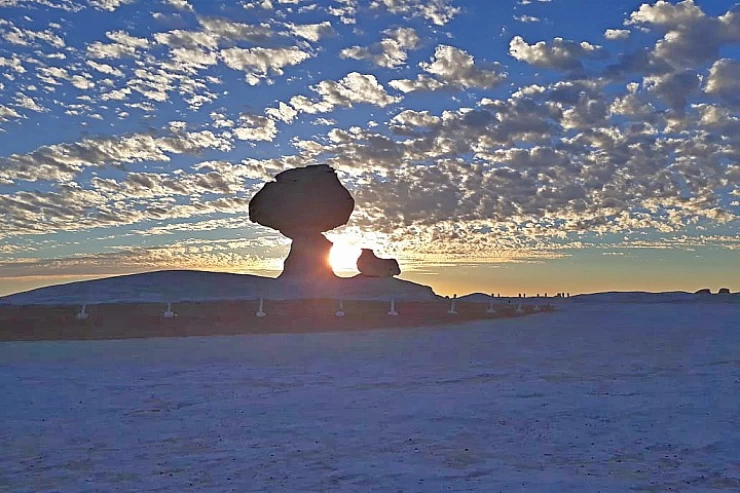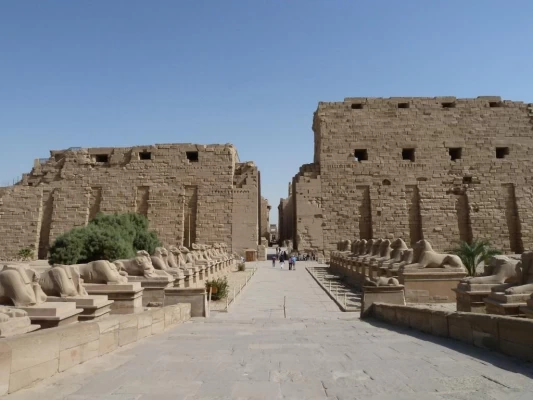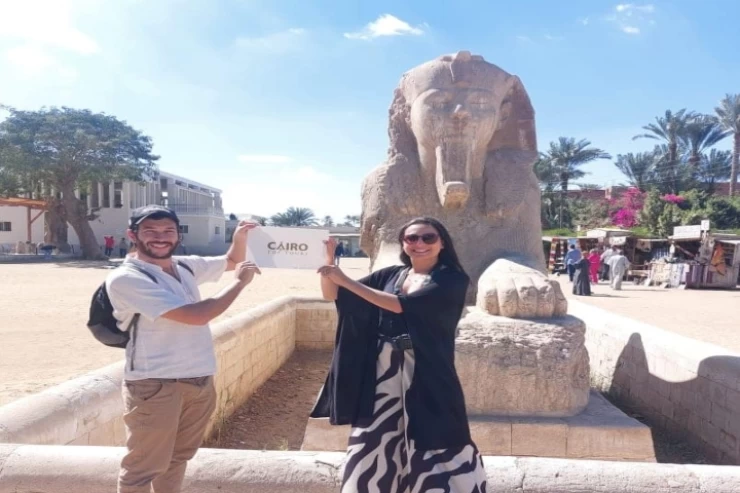
The Great Hypostyle Hall
This great hall is located within the great Karnak temple complex You also can find a great place nearby check Egypt day tour to know more and to have a great time there, in the Precinct of Amon-Re. The most visited place in Ancient Egypt. The main building‘s structure was built in the 19th Egyptian Dynasty (c. 1290–1224 BC). The design was settled down by Hatshepsut, at the North-west chapel to Amun on the upper terrace of Deir el-Bahri. The name referred to the hypostyle architectural pattern. There are also Egypt travel packages where you can have a tour of most Egypt attractions places.
The Great Hypostyle Hall lands in around an area of 5,000 m2 (54,000 ft). The 134 papyrus columns show the first swampy papyrus place where Atum, a self-created deity, arose from the waters of Nun at the beginning of creation. The roof which now isn’t found was standing on 134 columns in 16 rows; the two middle rows are higher than the others (being 10 m (33 ft) in circumference and 24 m (79 ft) high).
The great pharaohs developed the inscriptions on the walls and the columns in places where the predecessors had left a blank area, including Ramesses III, Ramesses IV, and Ramesses VI. The northern area of the hall is decorated in a clear raised relief and was mainly Seti I's work. The southern area of the hall was finished in Ramesses II era, in sunk relief although he used a clear raised relief at the very beginning of his reign before changing to the sunk relief style and redecorating his own raised reliefs.
There is a really cool place in Aswan called the First Great Pylon Of Philae Temple. It's a special place where you can learn about how people used to live a long time ago in Egypt. You can even imagine yourself being there and see all the amazing things they had in the past.

















